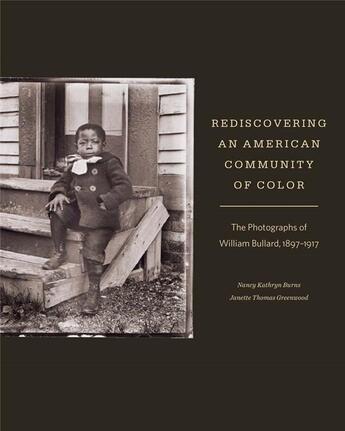Résumé:
This book presents a photographic narrative of African American and Native American migration and resettlement in the aftermath of Emancipation and Reconstruction. Taken between 1897 and 1917 by itinerant photographer William Bullard of Worcester, Massachusetts, these photographs address larger... Voir plus
This book presents a photographic narrative of African American and Native American migration and resettlement in the aftermath of Emancipation and Reconstruction. Taken between 1897 and 1917 by itinerant photographer William Bullard of Worcester, Massachusetts, these photographs address larger themes involving race in American history, many of which remain relevant today: the story of people of color claiming their rightful place in society and creating a community in new surroundings.
William Bullard's heretofore unpublished collection of more than 230 glass negatives presenting the African American and Nipmuc communities of Worcester, Massachusetts, at the turn of the century provides an exceptional opportunity to significantly deepen our understanding of the use of photography at a political and personal level. Unlike most extant photographic collections of black Americans taken in this period, the subjects in Bullard's photographs are identified in his logbook, allowing this book to tell specific stories about individuals and re-create a more accurate historical context.
In addition, though most publications engaging with African American history focus on the Gilded Age or the Civil Rights eras, this collection of Bullard's photographs exposes a critical gap in many visual histories. Predating the Great Migration, these photographs portray a moment seldom stressed in the historical narrative, replacing stereotypical notions of poverty and dysfunction with accomplishment and respectability.
Donner votre avis














